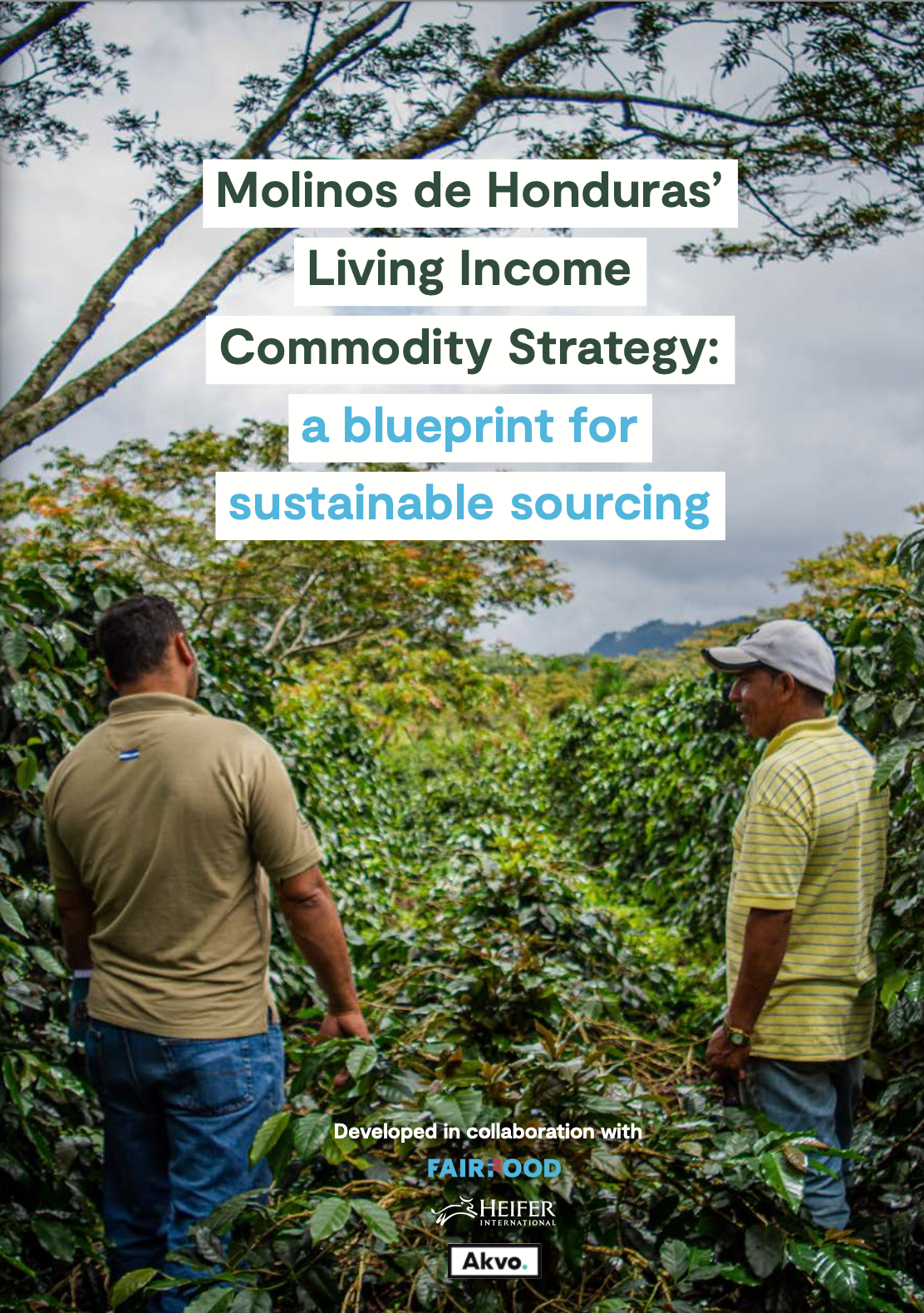White Paper:
The Living Income Commodity Strategy builds on existing methodologies from Fairtrade International (Living Income Reference Price), True Price, and GIZ, while extending their applicability to farmers who are not certified. Within the repository, it explains the rationale behind the methodology and positions it as a practical mechanism to ensure that value concentrated at one end of the supply chain trickles down to farmers through targeted investments, clearly defined gaps to be closed, and income impact that can be monitored and quantified. This approach is an essential step in refining pricing and living income interventions: moving towards more transparent pricing mechanisms and genuinely sustainable value chains. Access the document Access the FAQWebinar: Learn from early adopters
1. Demo: The Farmer Income Data Toolkit
This session provides a hands-on demonstration of how to use the Farmer Income Data Toolkit to generate insights and inform targeted interventions. Living income expert Lotje Kaak and data analyst Sandra Fudurova guided participants through the full process — from data collection and analysis to sensemaking — while answering key questions from the audience.
2. Building a Living Income vision: Learn from early adopters
In this webinar, hosted on October 7th, Andrea Moncada from Molinos de Honduras–Volcafe and Bless Agume from Ndugu Farmers Cooperative (Uganda) share how they are applying the Living Income Price Methodology in their own supply chains.
The session offers a first look at how farmer-level income data is being turned into actionable insights — from identifying income gaps to informing new interventions and measuring impact over time.
Case Studies repository:
1. Honduran Coffee

Applied the Living Income Price (LIP) and Cost–Yield Efficiency (CYE) tools with Molinos de Honduras (Volcafe) to map cost drivers, inefficiencies, and opportunities among supplier farmers.
Outcome: Influenced corporate policy through farmer segmentation as a crucial step in defining targeted interventions with clear KPIs and objectives, highlighting gender-based cost differences and efficiency gaps.
Special feature: Direct private-sector integration, with recommendations embedded into ongoing supplier programmes. Access it
2. Sierra Leonean cocoa

Following the creation of the first Living Income Benchmark by KIT in Sierra Leone, we applied the LIP and CYE in the country’s cocoa sector in collaboration with Solidaridad West Africa. Together, Fairfood and Solidaridad collected and analysed farmer-level data in five cocoa-producing districts, with Akvo supporting the identification of four farmer profiles.
Outcome: The first district-specific action points for input access, replanting, post-harvest handling, and youth inclusion.Special feature: National policy relevance, creating an evidence base for systemic interventions in an emerging sustainable cocoa market. The study was peer reviewed by the Produce Monitoring Board and the Sierra Leonean Ministry of Agriculture. Access it
3. Coming soon:
The approach is being tested across different projects and programmes. This repository is expected to soon include findings from other projects, including:- Uganda: Coffee (Ndugu), developed within the RECLAIM Sustainability! Programme
- Uganda: Coffee (Wakuli), continuation of Ndugu via GIZ Due Diligence Fund (2025-2026)
- Uganda: Coffee (Ugacof), Developed within the EIT Food program (2025-2027)
- India: Spices, developed within the Social Sustainability Fund (SSF)
- Ghana: Shea, developed within the Social Sustainability Fund (SSF), together with Solidaridad West Africa
